Biology Models & Slides
Showing 1–50 of 115 results
-

Human Torso
SKU: 14001
Read more -
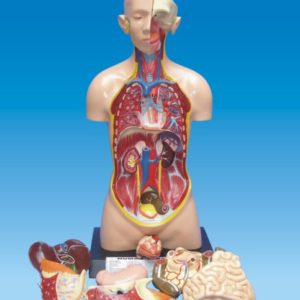
Human Torso
SKU: 14002
Read more -

Human Muscular System Model
SKU: 14003
Read more -

Human Female Pelvis Model
SKU: 14004
Read more -
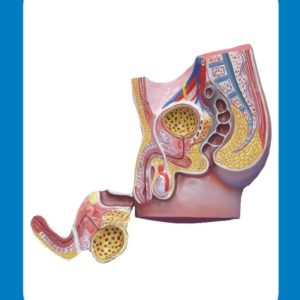
Human Male Pelvis Model
SKU: 14005
Read more -
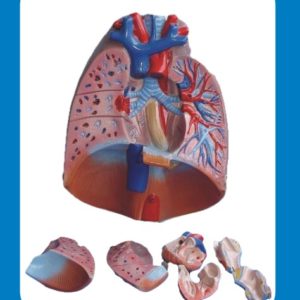
Human Heart & Lungs
SKU: 14006
Read more -

Human Circulatory System
SKU: 14007
Read more -
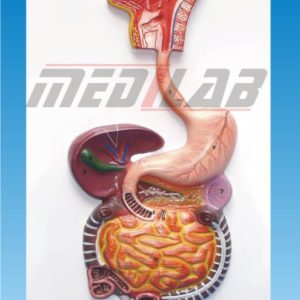
Human Digestive System Model
SKU: 14008
Read more -
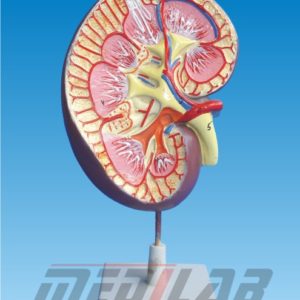
Kidney Model
SKU: 14009
Read more -

Human Kidney Section Model
SKU: 14010
Read more -
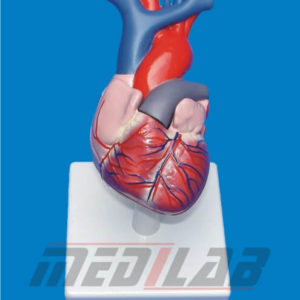
Human Heart Model
SKU: 14011
Read more -
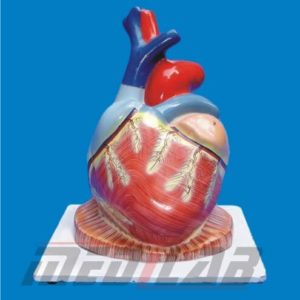
Human Heart Model
SKU: 14012
Read more -

Human Respiratory System Model
SKU: 14013
Read more -

Human Nervous System Model
SKU: 14014
Read more -
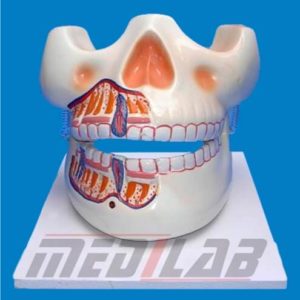
Human Upper & Lower Jaw
SKU: 14015
Read more -
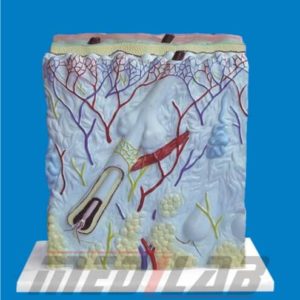
Section of Skin Model
SKU: 14016
Read more -
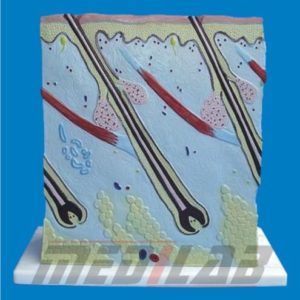
Section of Skin Model
SKU: 14017
Read more -
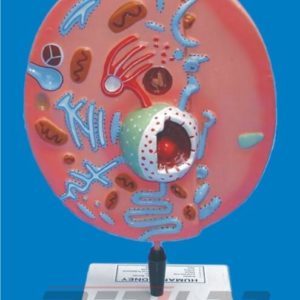
Animal Cell
SKU: 14018
Read more -
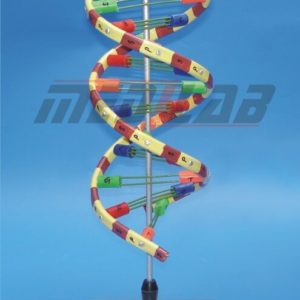
DNA Helical Type Model
SKU: 14019
Read more -
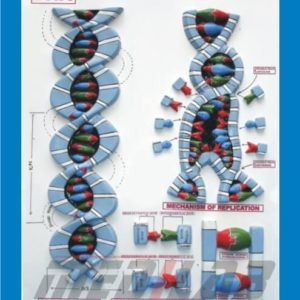
DNA Model
SKU: 14020
Read more -

Frog Dissection
SKU: 14021
Read more -
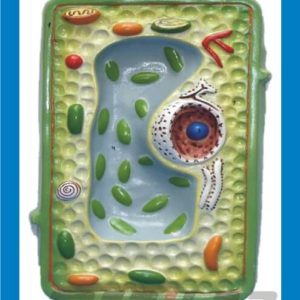
Plant Cell Model
SKU: 14022
Read more -
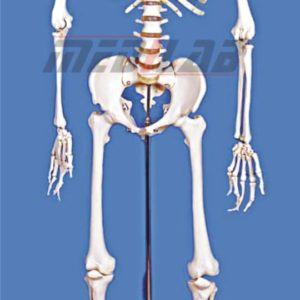
Human Skeleton
SKU: 14023
Read more -
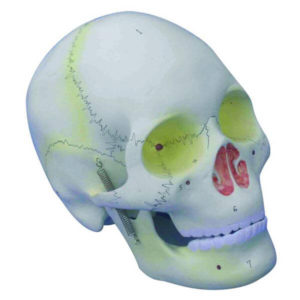
HUMAN SKULL MODEL
SKU: 14024
Read more -
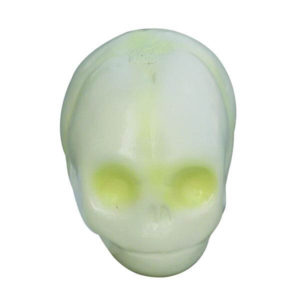
Human Fetal Skull Model
SKU: 14025
Read more -

HUMAN SKELETON
SKU: 14026
Read more -
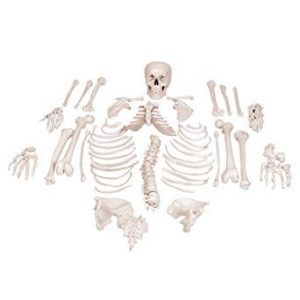
HUMAN SKELETON (DISARTICULATED)
SKU: 14027
Read more -

Skeletal System Model Bones (Human Skeletal System)
SKU: 14028
Read more -

HUMAN LOWER JAW WITH TEETH
SKU: 14029
Read more -
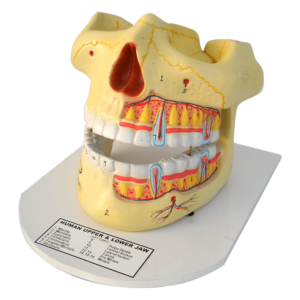
HUMAN UPPER & LOWER JAW MODEL
SKU: 14030
Read more -
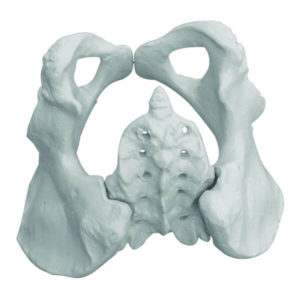
Human Pelvic Model
SKU: 14031
Read more -

Functional Elbow Joint
SKU: 14032
Read more -

Human Brain Model (4 Parts)
SKU: 14033
Read more -
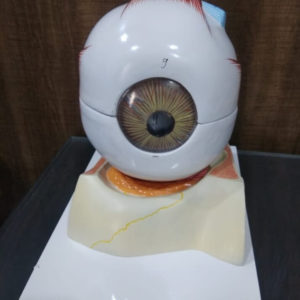
Human Eye Model
SKU: 14034
Read more -
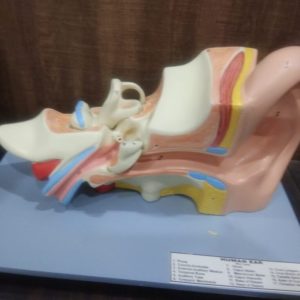
Human Ear Model
SKU: 14035
Read more -
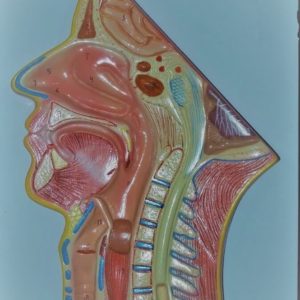
Human Nose Model
SKU: 14036
Read more -
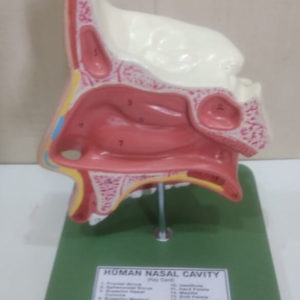
Human Nose Model
SKU: 14037
Read more -

Dental Care Model
SKU: 14038
Read more -

HUMAN TONGUE MODEL
SKU: 14039
Read more -
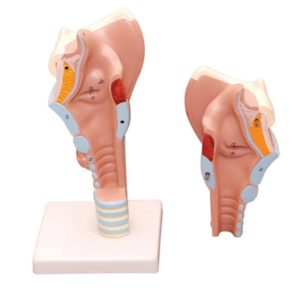
HUMAN LARYNX MODEL
SKU: 14040
Read more -
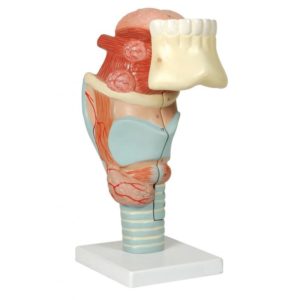
HUMAN LARYNA WITH TEETH AND TONGUE MODEL
SKU: 14041
Read more -
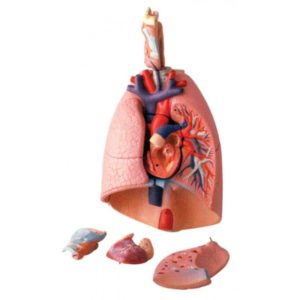
HUMAN LUNG WITH HEART AND LARYNX (7 parts Model)
SKU: 14042
Read more -

Human Heart Model
SKU: 14043
Read more -
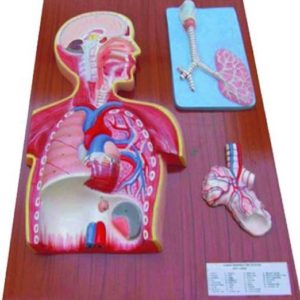
Human Respiratory System
SKU: 14044
Read more -
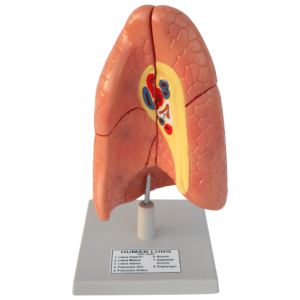
Human Lung Model
SKU: 14045
Read more -
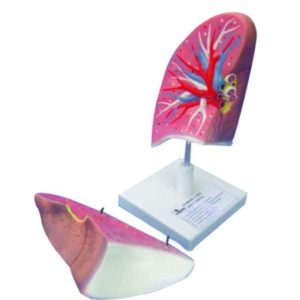
Human Lung (life size) Model
SKU: 14046
Read more -

Human Stomach Model
SKU: 14047
Read more -
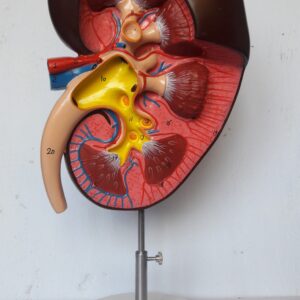
Human Kidney Model
SKU: 14048
Read more -
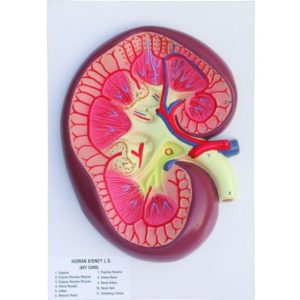
Human Kidney L.S. Model
SKU: 14049
Read more



